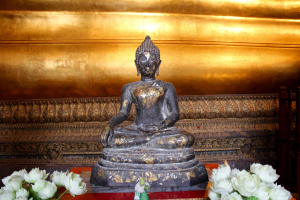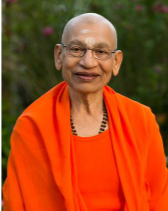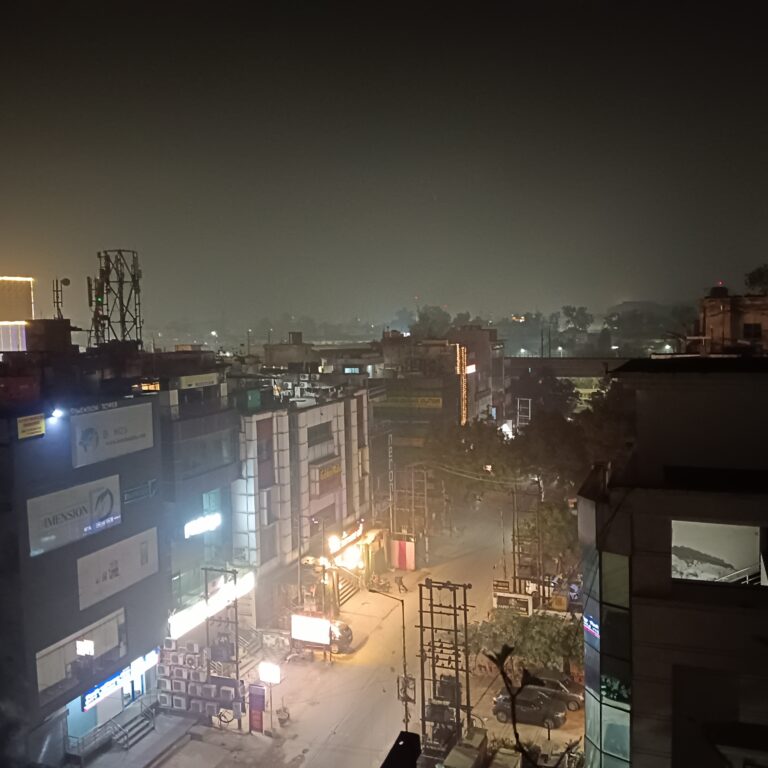
Spirituality

By Swami Viditātmānand Saraswati*
We believe that we are able to explain everything by logic but none of the events in the universe can be explained completely
The reach of logic is very limited. This is the principle of avatāra (incarnation) and is validated by Vedanta. We accept the principle of avatāra and that is an important principle. Īśvara as though accepts the upādhi (superimposition) that seems limited and He as though transacts like a limited person and even then, He himself is unlimited. Some people have a question: “How can this happen? How can this be even possible? This is not logical.” The response to these questions is that it is indeed called māyā that makes the impossible possible. The body of Bhagavān is created by the māyā of Bhagavān and therefore, although it looks like other bodies, it is free from the limitations of a body. Therefore, the body of Bhagavān is called līlāvigraha, it is taken on only for līlā (comeliness) in the form of a human being or another living being. This līlāvigraha of Bhagavān can be included in the prātibhāsika sattā (subjective reality). Prātibhāsika means that which seems to be what it is not. Mirage water is not there in reality but everyone sees it, somewhat in that sense, although the vigraha of Bhagavān is not there but it becomes the object of experience for all.
For His own birth, Bhagavān says: “sambhavāmi – very well generated. For living beings, we can use the word bhavāmi, because their creation depends on karma, they have to take on a body based on karma. Birth is when a jīvātma is united with a body and when he separates from the body, it is death. Both birth and death are decided based on karma and jīvātma does not have the freedom to choose. However, the birth and death of Bhagavān are not of this kind. He as though takes birth at His own will by uniting with upādhi of His choice and at His own will can renounce that upādhi. Bhagavān is independent at birth and all the processes after that. Is it impossible for the one who creates the entire universe simply with his wish to create one upādhi? If someone thinks that this concept of avatāra does not seem logical, we should ask if they see anything in the entire creation that is logical. Logic has very limited reach and we believe that we are able to explain everything by logic. However, if thought seriously, it will be apparent that none of the events in the universe can be explained completely. We can explain everything to some extent. However, after that, the complexity of its nature becomes clearer and we stop at that point. Modern science tells us that rules apply only to some extent and our intellect is not adequate to understand what we find at a very subtle level. All aspects of knowledge whether it is physics, chemistry, biology, economics, psychology or ethics, all of these become confusing only. Where there is a talk of avatāra, we consider śāstra and great men the pramāṇa. Not only did śāstra describe avatāra elaborately, but many devotees also were able to see Lord Narayana himself in Shri Kṛṣṇa. Here in Gītā also Bhagavān expresses his omniscience by mentioning himself everywhere. Along with that, by viśvarūpadarśana (showing his cosmic form) He shows his sarvātmatā (self of all) and omnipotence.
In this verse, Bhagavān said, “although there is no dependence for taking birth, as though I take birth with my own desire and only, therefore, I take a form which is also per my own desire. And, although I seem to be transacting in that upādhi, I am not limited by that upādhi in any way, which means, I maintain my īśvaratva (supremacy) in full capacity. All this becomes possible because of my māyā because māyā is under my full control.
*Swami Viditātmānand Saraswati has been teaching Vedānta Prasthānatrayī and Prakaraṇagranthas for the last 40 years in Ahmedabad, Gujarat. Throughout the year, he conducts daily Vedānta discourses, accompanied by retreats, and Jñāna Yajñas on Vedānta in different cities in India and in foreign countries.





